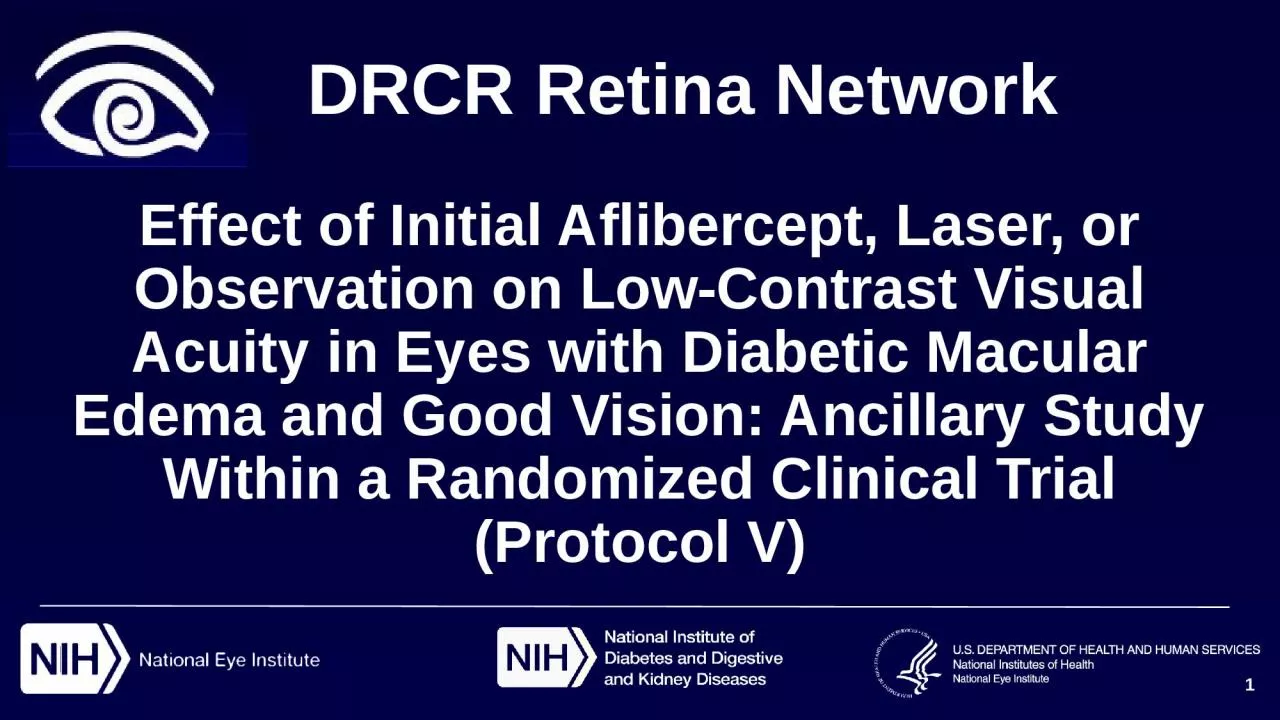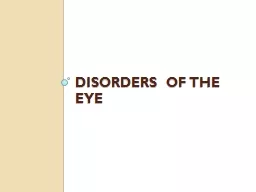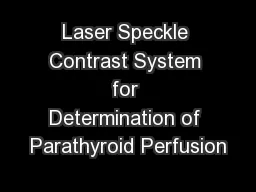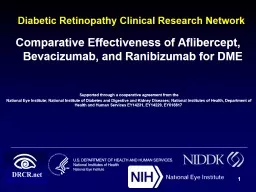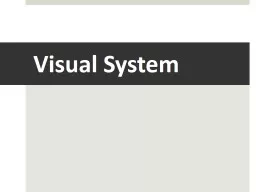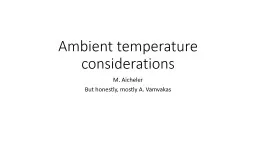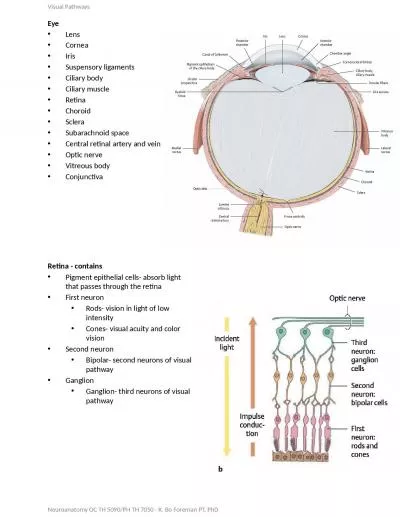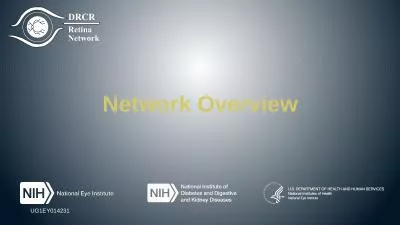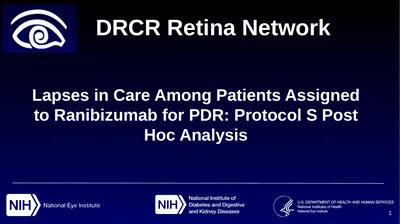PPT-DRCR Retina Network Effect of Initial Aflibercept, Laser, or Observation on Low-Contrast
Author : genevieve | Published Date : 2024-02-02
1 Disclosures Supported by the National Eye Institute and the National Institute of Diabetes and Digestive and Kidney Diseases under award numbers UG1EY014231 and
Presentation Embed Code
Download Presentation
Download Presentation The PPT/PDF document "DRCR Retina Network Effect of Initial Af..." is the property of its rightful owner. Permission is granted to download and print the materials on this website for personal, non-commercial use only, and to display it on your personal computer provided you do not modify the materials and that you retain all copyright notices contained in the materials. By downloading content from our website, you accept the terms of this agreement.
DRCR Retina Network Effect of Initial Aflibercept, Laser, or Observation on Low-Contrast: Transcript
Download Rules Of Document
"DRCR Retina Network Effect of Initial Aflibercept, Laser, or Observation on Low-Contrast"The content belongs to its owner. You may download and print it for personal use, without modification, and keep all copyright notices. By downloading, you agree to these terms.
Related Documents

